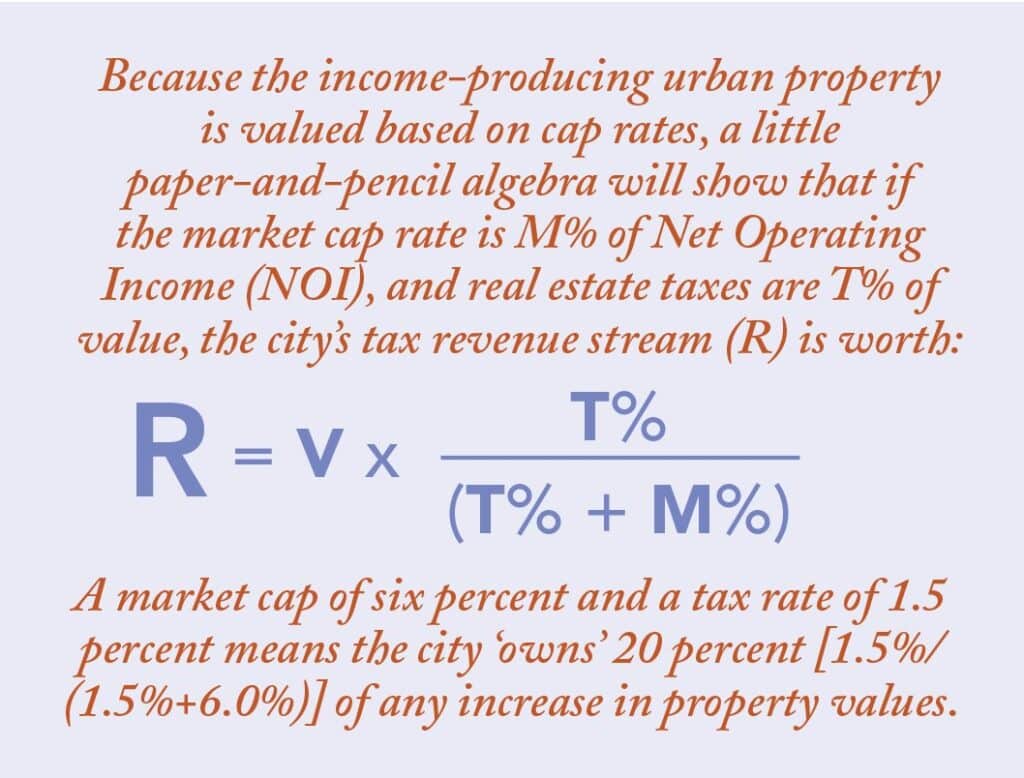Housing Lifts Economic Development (And Not the Other Way Around!)

By David A. Smith
4 min read
In early September, USC’s Lusk Center for Real Estate, in partnership with Habitat for Humanity’s Way Forward Housing Coalition, put on an in-person Washington, DC conference called “Housing’s Contribution to Economic Development.” Featuring many of my professional friends and colleagues as speakers, the conference sought ‘to reframe the narrative’ because, to quote the conference organizers:
Within the world of macroeconomics
and development policy, housing has not only been
off center stage, too often it has not been on the stage at all. Housing has often been ignored,
characterized as ‘only’ a social good, or even
worse, as a ‘dead’ unproductive asset.
Economists obsessively study money—especially in all of its abstract forms—and build algebraic equations theorizing its behavior. To paraphrase James Blish, money is a set of values in itself, whether the economist knows it or not, and with a few notable exceptions, such as USC Lusk’s Richard Green, it is almost an article of faith among economists that by increasing overall global wealth, economic development, is an objective good.
Yet things good overall can have bad side effects.
1. Economic development reduces housing affordability.
Cities are vertical, and vertical development is constrained by three forces: engineering, zoning and land-use economics. With the disruptive rise of vertical engineering over the last century, zoning emerged as municipal government’s secret weapon, using it to control development and thus simultaneously managing the city’s growth, funding tacitly privatized infrastructure upgrades and plugging holes in the city’s budget. Couple this growth valve with inexorable land-use economics, where market land value is the residual profit expectation after properties are developed to their highest and best use, and housing is adversely selected. Virtually every other type of vertical urban development—offices, healthcare, high tech, hotels, mixed-use retail/recreational—generates more daily revenue because it creates space for daily jobs.
Economic development thus raises the value of all existing property, which is great for home or condo owners and market rental landlords…but it also prices out new housing production, and eliminates new affordable housing production, unless the scales are rebalanced. The result is a housing unaffordability squeeze that becomes self-reinforcing. In left-leaning jurisdictions, this cycle reanimates proposals for rent control, the worst possible policy response because it only makes things worse.
Market economists have their causality backwards.
2. Housing affordability lifts economic development.
Aside from its direct impacts on economic activity, estimated at three to five percent of Gross Domestic Product for construction and 13 to 15 percent of GDP overall,1 affordable housing expands the economy. Because housing is where jobs go to sleep at night, when housing is more affordable, companies move from high-housing cost locales to affordable housing locales. These corporate relocations always go only one way, and with post-pandemic hybrid workforces and remote teams, the pace of affordability-driven migration has undergone a sea change.
Meanwhile, adding affordable housing in with the rest of the property development saves the metropolitan area money because it reduces stress on infrastructure, especially transportation infrastructure (shorter commutes, more public transportation usage, more green transportation uses). It pays dividends to the city: in economic terms, the city ‘owns’ roughly 15 to 20 percent of the value of all its privately built property.
Put both propositions together, and the arrows are clear:
• Add affordable housing to city > Economic development follows.
• Add economic development to city > Housing becomes less affordable, more scarce.
3. In light of this, what to do?
Once it is accepted that affordable housing lifts the economy, then the principle is clear: don’t expect a rising market to solve your affordable housing crunch by itself. Instead:
• If the economy is stagnant or flagging, add affordable housing, and the jobs will come; and
• If jobs are already coming, keep pace with the job growth: counterbalance rapidly rising land-use economics by using supply-side tools, principally a) inclusionary zoning (with density bonus); b) as-of-right real estate tax abatement tied to a suitably durable affordability interval; and c) as-of-right sales tax refund on building materials.
Importantly, most supply-side tools a) are under municipal control; and b) are off-budget and off-balance-sheet. This usefully makes them both more likely to be self-adjusting and less likely to be zeroed out by future mayors or city councils.


